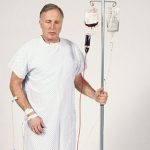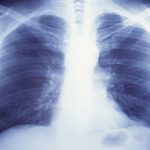
Face-lifts and hair transplants. Chin implants and forehead lifts and lip augmentation. Baby boomers hoping to retain their youth — and maybe get back into the dating scene — are seeking plastic surgery in ever-increasing numbers, according to the American Society of Plastic Surgeons. Nearly 50,000 more cosmetic procedures were performed on Americans 55 and older in 2018 than the year before, new statistics showed. “Older Americans are vibrant and living their lives to the fullest, and they want the way they look to reflect that,” said Dr. Alan Matarasso, president of the society. More than 4.2 million cosmetic procedures took place in 2018, including nearly 381,000 surgical procedures and 3.8 million minimally invasive ones. Among the specific procedures and techniques: Hair transplants went up 18%. Lip augmentation increased 5%. Liposuction and breast augmentation increased 4%. Botox injections and fillers went up 3%. Two-thirds of all face-lifts are performed on people 55 and older, along with roughly half of eyelid surgeries, forehead lifts and lip augmentations, the stats showed. These numbers reflect what is happening in the practice of Dr. Lyle Leipziger, a plastic surgeon in Great Neck, N.Y. “People are taking better care of themselves. They’re dieting. They’re exercising. They’re seeing their doctor for any medical indications,” said Leipziger, chief of plastic and reconstructive surgery at North Shore University Hospital in Manhasset, N.Y. “These… read on >
























-300x200.jpg)













